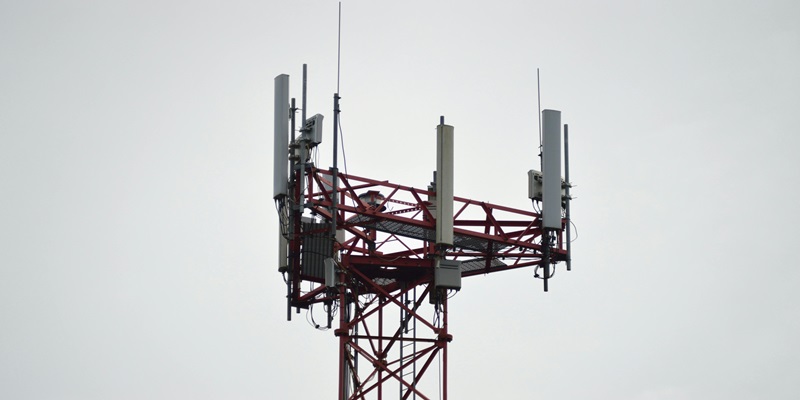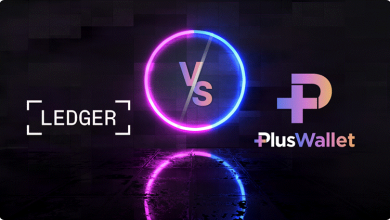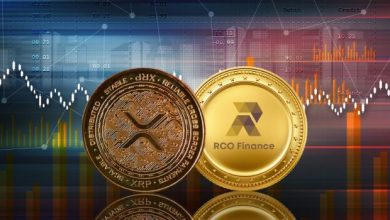How IoT is Revolutionizing Connected Transportation: The Top 10 Advancements

The Internet of Things (IoT) is an evolutionary force in many sectors, and connected transportation is no exception. By integrating IoT into transportation, we are witnessing significant advancements that enhance efficiency, safety, and convenience. Let’s delve into the top 10 ways IoT is revolutionizing connected transportation.
Smart Traffic Management Systems:
One of the most significant advancements in connected transportation is the development of smart traffic management systems. These systems use IoT sensors and devices to monitor traffic flow in real-time. They collect data on vehicle movement, congestion, and road conditions. This data is then analyzed to optimize traffic signals, reducing wait times and improving traffic flow. Smart traffic management systems help decrease fuel consumption and emissions by minimizing idle times at intersections.
Vehicle-to-Everything (V2X) Communication:
Vehicle-to-Everything (V2X) communication is a game-changer in the world of connected transportation. V2X technology enables vehicles to communicate with each other and with infrastructure, such as traffic lights and road signs. This communication allows for the exchange of critical information, such as traffic conditions, accidents, and road hazards. As a result, V2X enhances road safety and reduces the likelihood of accidents. It also supports autonomous driving by providing vehicles with the data they need to make informed decisions.
Predictive Maintenance:
Predictive maintenance is another key advancement brought about by IoT in connected transportation. IoT sensors installed in vehicles monitor various parameters, such as engine performance, tire pressure, and brake condition. This data is continuously analyzed to detect any anomalies or potential issues. By identifying problems before they become serious, predictive maintenance helps reduce breakdowns and extends the lifespan of vehicles. It also minimizes downtime, ensuring that transportation systems remain operational and efficient.
Fleet Management Solutions:
IoT is transforming fleet management by providing real-time tracking and monitoring of vehicles. Fleet management solutions use IoT devices to collect data on vehicle location, speed, fuel consumption, and driver behavior. This information is used to optimize routes, reduce fuel costs, and improve overall fleet efficiency. Additionally, fleet managers can monitor driver performance and implement safety measures to reduce accidents and enhance compliance with regulations.
Enhanced Public Transportation:
Public transportation systems are also benefiting from IoT advancements. IoT-enabled sensors and devices provide real-time information on bus and train locations, schedules, and occupancy levels. This data is shared with passengers through mobile apps and digital displays, allowing them to plan their journeys more effectively. Moreover, IoT technology helps optimize public transportation routes and schedules based on passenger demand and traffic conditions. As a result, public transportation becomes more reliable, efficient, and user-friendly.
Autonomous Vehicles:
Autonomous vehicles are at the forefront of connected transportation, and IoT plays a crucial role in their development. IoT sensors and devices provide autonomous vehicles with the data they need to navigate and make decisions. This includes information on road conditions, traffic, and obstacles. IoT also enables communication between autonomous vehicles and infrastructure, enhancing safety and efficiency. As autonomous vehicles become more prevalent, IoT will continue to drive innovation and improvements in this field.
Smart Parking Solutions:
Finding parking in busy urban areas can be a challenge, but IoT is providing innovative solutions. Smart parking systems use IoT sensors to monitor parking space availability in real-time. This data is then shared with drivers through mobile apps, helping them locate available parking spots quickly and easily. Some smart parking solutions even allow for reservation and payment through the app, streamlining the parking process. By reducing the time spent searching for parking, these systems help decrease traffic congestion and emissions.
Enhanced Safety Features:
Safety is a top priority in connected transportation, and IoT is making significant strides in this area. IoT-enabled safety features include collision detection and avoidance systems, lane departure warnings, and adaptive cruise control. These features rely on data from IoT sensors to monitor the vehicle’s surroundings and alert the driver to potential hazards. In some cases, the vehicle can even take corrective action to prevent accidents. These advancements are helping to make roads safer for everyone.
Real-Time Data Analytics:
The vast amount of data generated by IoT devices in connected transportation is invaluable for real-time data analytics. Transportation authorities can use this data to monitor traffic patterns, identify bottlenecks, and implement solutions to improve traffic flow. Real-time data analytics also support emergency response by providing accurate information on accidents and road conditions. This enables faster and more effective responses, minimizing the impact on traffic and ensuring the safety of road users.
Connected Infrastructure:
IoT is not only transforming vehicles but also the infrastructure they interact with. Connected infrastructure includes smart traffic lights, road signs, and pedestrian crossings. These IoT-enabled devices communicate with vehicles and each other to enhance safety and efficiency. For example, smart traffic lights can adjust their timing based on real-time traffic conditions, reducing congestion and improving traffic flow. Connected infrastructure also supports the development of smart cities, where technology is used to create more sustainable and livable urban environments.
Conclusion:
The incorporation of IoT in joined transportation is driving significant advancements that are revolutionizing the way we travel. From smart traffic management systems to autonomous vehicles, IoT is enhancing efficiency, safety, and convenience. As technology continues to evolve, we can expect even more innovative solutions that will further transform connected transportation. Embracing these advancements is essential for creating a sustainable and efficient transportation system that meets the needs of the future.





